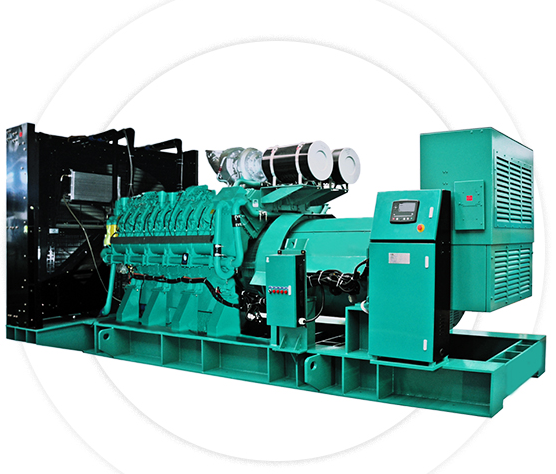- HOME
- ABOUT GOOGOL
- PRODUCTS
DIESEL ENGINE
GENERATOR SETS
- DOWNLOAD
- CASES
- NEWS
- CONTACT US
DIESEL ENGINE
GENERATOR SETS

As the power core of many mechanical equipment, the optimization of the performance of diesel engines is crucial. Adjusting the valve clearance is a key step in improving engine performance.
Valve clearance refers to the gap reserved between the valve and the transmission components when the engine is in a cold state and the valve is in a closed state. This seemingly small gap actually has a huge impact on engine performance. If the valve clearance is too small, during engine operation, the valves may expand due to heat, which may cause the valves to not close tightly, resulting in air leakage, a decrease in engine power, difficulty starting, and even inability to work properly; On the contrary, if the valve clearance is too large, it will delay the opening and closing of the valve, reduce the intake and exhaust volume, and also lead to a decrease in engine power. It will also produce abnormal knocking sounds, exacerbating component wear.

So, how to adjust the valve clearance correctly? Firstly, it is necessary to prepare suitable tools such as feeler gauges, wrenches, etc. Then, let the engine cool down to room temperature, which is important because the valves and related components expand in a hot state, and the measured data is inaccurate.
Taking a common four stroke diesel engine as an example, the adjustment steps are as follows: first, find the timing mark of the engine, rotate the crankshaft to the compression top dead center position of cylinder one, and at this time, both the intake and exhaust valves of cylinder one should be closed. Next, measure the valve clearance with a feeler gauge, insert the gauge between the end of the valve stem and the rocker arm, gently pull the gauge, and if there is slight resistance, it indicates that the clearance is appropriate; If you feel too loose or too tight, you need to make adjustments. Loosen the adjustment nut on the rocker arm and change the valve clearance by rotating the adjustment screw. Rotate clockwise to reduce the clearance and counterclockwise to increase it. After adjustment, measure again with a feeler gauge until the clearance meets the value specified by the engine manufacturer, and finally tighten the adjustment nut. Adjust the valve clearances of other cylinders in the same order according to the working sequence of the engine.
When adjusting the valve clearance, it is also necessary to pay attention to some details. For example, it is necessary to strictly adjust the clearance value according to the engine maintenance manual, and the valve clearance may vary for different models of engines. When measuring, the feeler gauge should be kept horizontal to avoid measurement errors caused by tilting. During the adjustment process, the force should be moderate to prevent damage to the components.
By adjusting the valve clearance of diesel engines reasonably, the intake and exhaust of the engine can be smoother, combustion can be more complete, thereby increasing engine power, reducing fuel consumption, reducing emissions, extending engine service life, and optimizing engine performance.